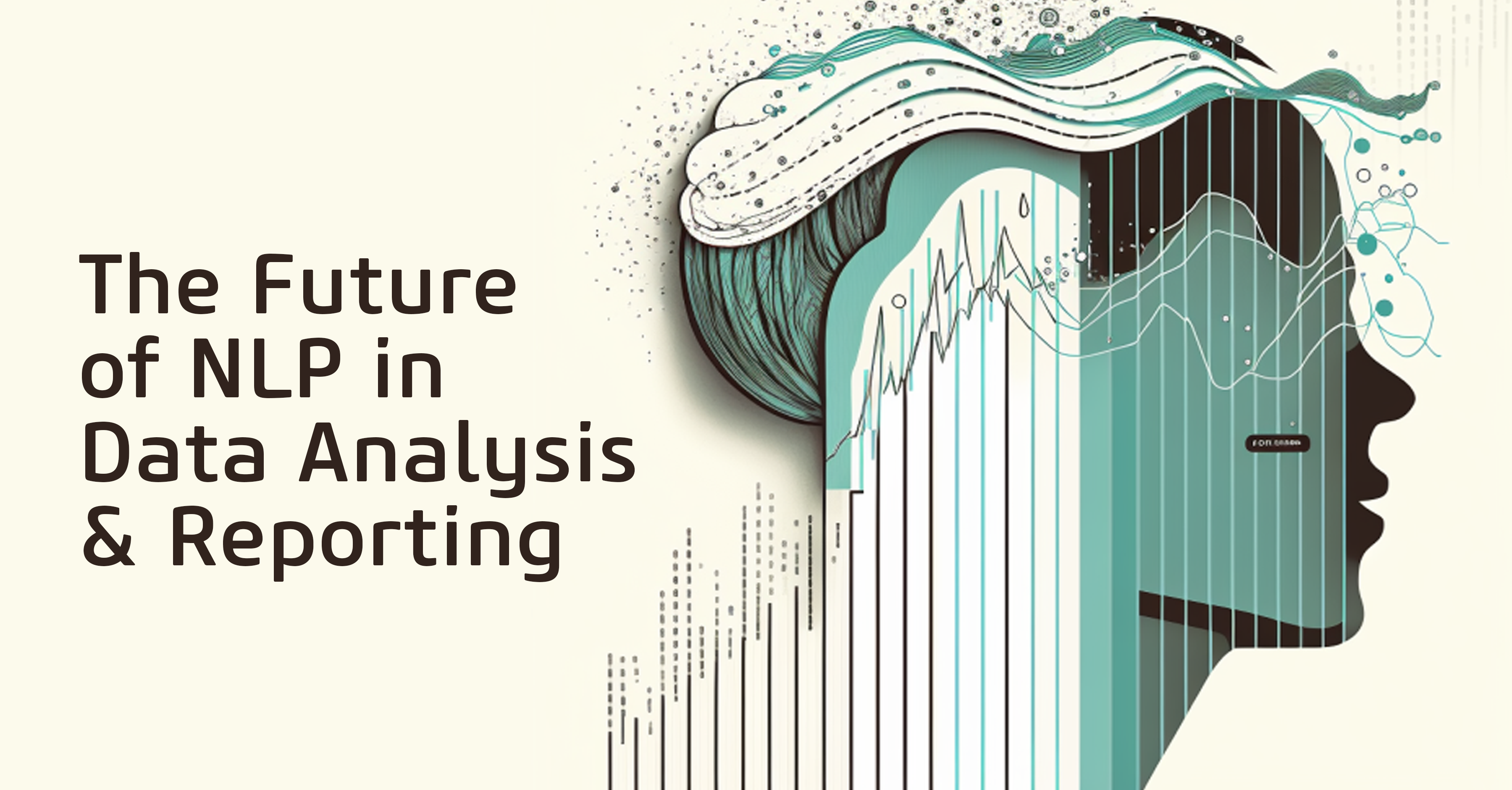Jeff Friesen
While Data and AI are certainly not new topics or services, the excitement around Generative AI over the last year has launched these topics into the forefront of most organization’s radars. Generative AI (Gen AI) is regarded as the exponential next step for the evolution of AI. What are crucial considerations for how to leverage these advancements to your competitive advantage? It starts with your data.
The Vision of a Data-Driven Organization

Your organization functions like an efficient machine where every decision, big and small, is made with precise, real-time data. High-performing teams have the information that they need, when they need it, to make their most important decisions.
Does this seem like a dream?
The truth is that the goal of being a data-driven organization is quickly becoming a reality.
A recent Harvard Business Review study found that those organizations that extracted business value from data using analytics and AI in the last year saw higher profitability, improved customer & employee satisfaction, and increased market share.
|
COMPANIES WHO SAW INCREASED MARKET SHARE |
COMPANIES WHO SAW |
COMPANIES WHO IMPROVED CUSTOMER SATISFACTION |
 |
|

|
| Increased from 49% - 70% | Increased from 50% - 72% | Increased from 51% - 79% |
Unfortunately, while many organizations like the idea of being data-driven, they are unable (or maybe unwilling) to embrace a data-driven standard.
Humans are not omnipotent and today they have more information available to them than ever before. In the non-data-driven organization, salespeople chase down the wrong leads, product designers create designs that poorly align with customer expectations, customers are sent the wrong offers, etc., The data to be making better decisions is stored, augmented, and maintained – but it is simply not used. The result: sub-optimal decision-making based more on intuition or individual experience, than on data.
It’s not about having the data – its about positioning yourself to leverage the data.
Architecting a Data-Driven Organization

What can be done? To become data-driven it's a lot less about the data, tools or even the GenAI uses cases. What’s far more critical are the reasons, the outcomes, or the business objectives you want to achieve. You have to start with the end in mind.
Ultimately, the business strategy helps identify the key objectives or processes involved. Objectives and business processes have inputs, outputs, and outcomes, and are managed using key performance indicators. Decision making occurs within these processes, and is optimized when it takes advantage of all of the information that could be available.
Working backward from these decisions, the data-driven organization can be created by architecting an efficient decision value chain.
The Decision Value Chain
At the highest level, the decision value chain has 4 steps:
1. Event
2. Data
3. Analytics
4. Decision
For an organization’s internal systems, business events are stored as data, and then processed using analytics tools such as Business Intelligence or Machine Learning Models. This processing creates data products that are disseminated and used by business users to make decisions. In addition, there are many externally available data products, such as generative AI, that the organization could take advantage of.
The decision is the target output of this process.
Many organizations focus on releasing data products; however these have no value unless they’re used.
To create an efficient and effective decision value chain, the output of the process can’t be a dashboard or a machine learning model. It must include decision-making. The machines and programs utilized are only as good as what their human counterparts decide is valuable.
From an organizational perspective, in order to break free from simply being a cost center, the performance of Data and Analytics is measured by the quality and quantity of decisions that result from it.
This performance can be seen from the output of processes using existing key performance indicators. Research has shown that companies that have one standard deviation higher data-driven decision making, relative to the average firm, have 5-6% higher productivity, as well as increased market value.1
The difficulty for many organizations is that this value chain is cross-functional between business and IT. Business stakeholders are responsible for making decisions and defining KPIs to measure the inputs, outputs, and outcomes of those decisions. IT is responsible for providing the technical infrastructure, tools, and support needed to manage, analyze, and produce information for decision making. This partnership across these functions needs to be well managed in order to eliminate bottlenecks in data, analytics, or decision making.
The Spectrum of Decisions
Which decisions can be impacted? Every employee in a company has expertise in a certain area and makes many and varied decisions every day. There could be tens, hundreds, thousands, or perhaps even more decisions to assess. A company with 100,000 employees, each of which make at least 10 distinct key decisions a week could have over a million weekly decision use cases. These decisions cans be categorized into three groups to help with the evaluation: strategic, tactical, and operational.
For example, in a manufacturing company:
A strategic decision could be: Should the company expand into a new market?
A tactical decision could be: What is the daily or weekly production schedule?
An operational decision could be: Which machines and people should work on a specific task?
Enhancing Decision Processes
Every decision at a micro level can be broken down further using problem-solving models. These models all follow a similar pattern:
- Define the problem to be solved
- Use all of the information to understand the problem in its current state and context
- Identify alternatives or options
- Evaluate and select an alternative or option
In certain cases, it may be valuable to model the decision at a macro level within a decision intelligence framework in order to determine expected actions, outcomes, and downstream impacts of a decision. As mentioned earlier, every decision exists within a process that can be managed using key performance indicators.
For the purposes of data and analytics, it is important to identify decisions or decision inputs that have the highest value.
This concludes Part One, of the Data-Driven Organization! Be sure to watch for Part Two in mid-April, where we outline other considerations on how to strategically leverage your data, starting with a deeper dive into Enhanced Decision Processes, Maximizing Decision Value, and examine Five Decision Categories, and how to identify your organization's highest and lowest cost data-driven decisions.
About the Author
 Jeff Friesen, P.Eng, MBA, PMP, CBAP, CDMP, began his career as an engineer back in 2004. Since then, he has become a Principal Consultant at Online Business Systems. He has led significant projects in data management, process improvement, and systems architecture, contributing to business excellence across various industries. Jeff's leadership in developing data pipelines, facilitating team success, and his commitment to continuous improvement underscore his ability to drive data-driven business performance and innovation.
Jeff Friesen, P.Eng, MBA, PMP, CBAP, CDMP, began his career as an engineer back in 2004. Since then, he has become a Principal Consultant at Online Business Systems. He has led significant projects in data management, process improvement, and systems architecture, contributing to business excellence across various industries. Jeff's leadership in developing data pipelines, facilitating team success, and his commitment to continuous improvement underscore his ability to drive data-driven business performance and innovation.





Submit a Comment